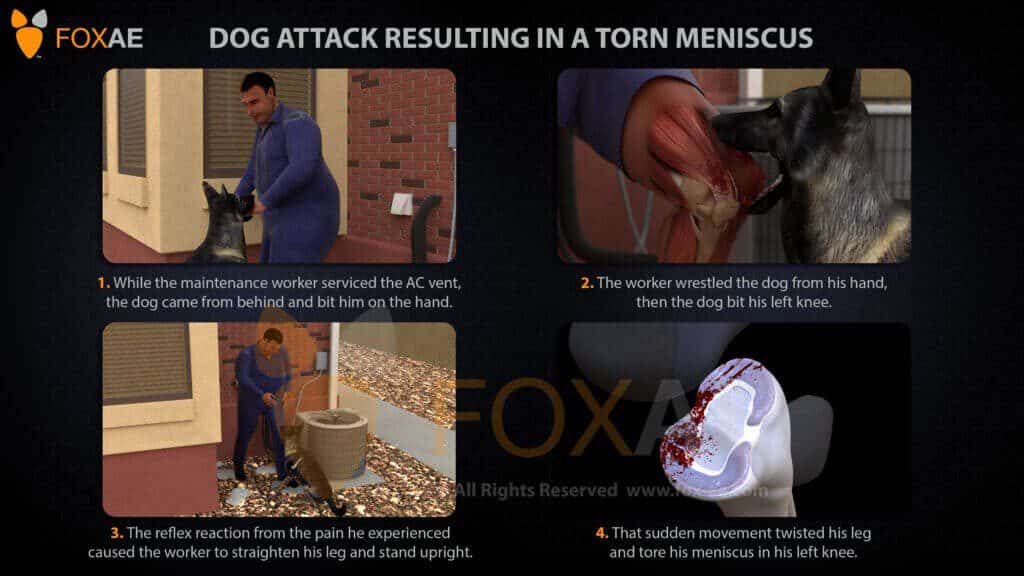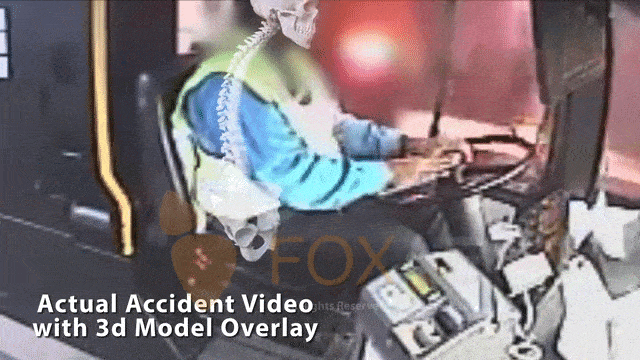Video animation has been admissible in several court cases across the country, demonstrating “Mechanism of Injury”. As stated by the Colorado Court of Appeals, Div. V in the case of People vs Cauley, the admissibility of the video animation as demonstrative evidence in a court case is dependent on its authenticity under Criminal Rule of Evidence 901; its relevance under Criminal Rule of Evidence 401 and 402(3); its fair and accurate representation of the evidence to which it relates and its probative value that is not substantially outweighed by the danger of unfair prejudice under Criminal Rule of Evidence 403.
Injury Video Animation in Court: People v. Culey
In the case of People vs Cauley, the video animation presented by the prosecution was for a demonstration of the mechanism of an injury and it was admissible. Here is the summary of the case by the Colorado Court of Appeals, Div. V;

“On the night of January 30, 1998, the defendant called 911, and subsequently, an ambulance brought his three-month-old daughter to the Summit County medical facility. Because of the massive head trauma, she was transported to a children’s hospital in Denver. Based upon her head trauma, the hospital treated her situation as a case of possible child abuse. The daughter died a few days later after being removed from the life support system.
The prosecution’s theory at trial was that the defendant’s daughter was a victim of shaken baby syndrome and that defendant killed her by shaking her. It argued that his daughter’s injuries were not consistent with his explanation of the events.
According to the defendant’s testimony at trial, he and his daughter had been lying on his bed when he heard the phone ring. Defendant got up with his daughter and ran to answer the phone, but he tripped and fell, landing on his daughter.
After a jury trial, the defendant was convicted and sentenced to fourteen years in the Department of Corrections. He now appeals that judgment of conviction” A three-and-a-half-minute animated video was presented by the prosecution through a motion in limine explaining the cause of the injury. The video explained that the injury, subdural hematomas, and retinal hemorrhaging which led to the death of the baby occurred from shaking her.
Fox Animated Engineering will accurately illustrate events: Vehicular Cases, Medical Cases, Construction Cases and Intellectual Property Cases. Click here to reach out to our team.





